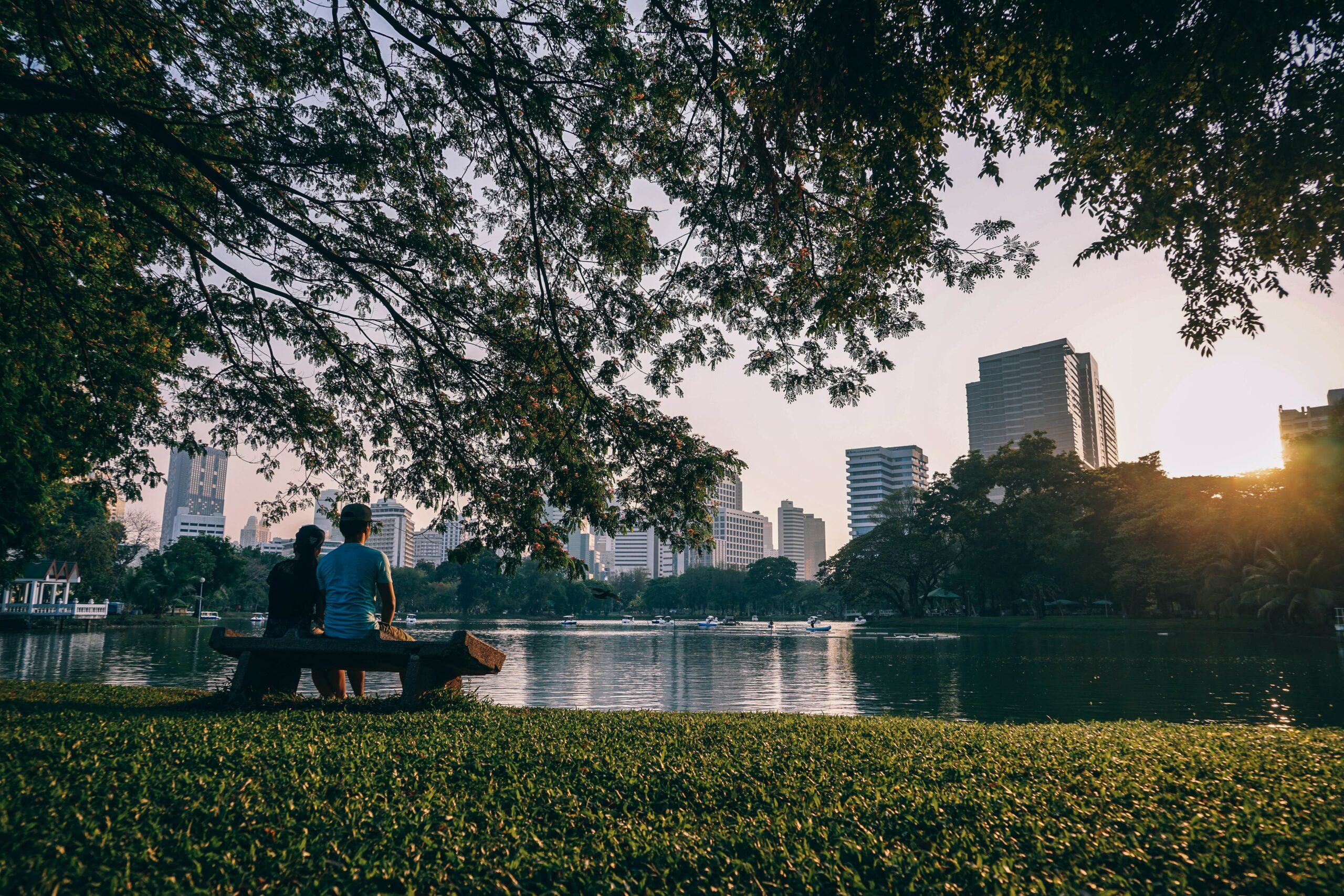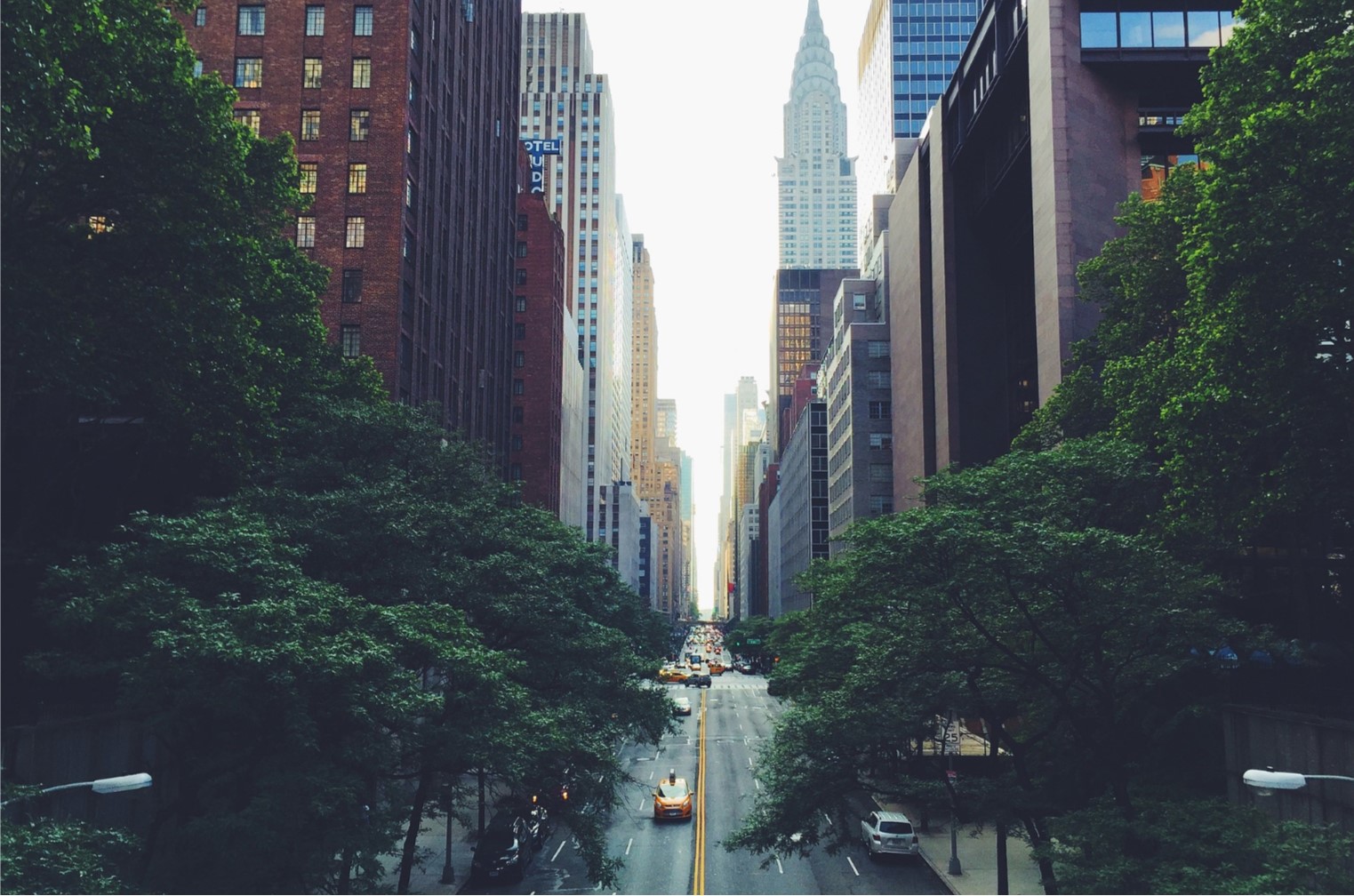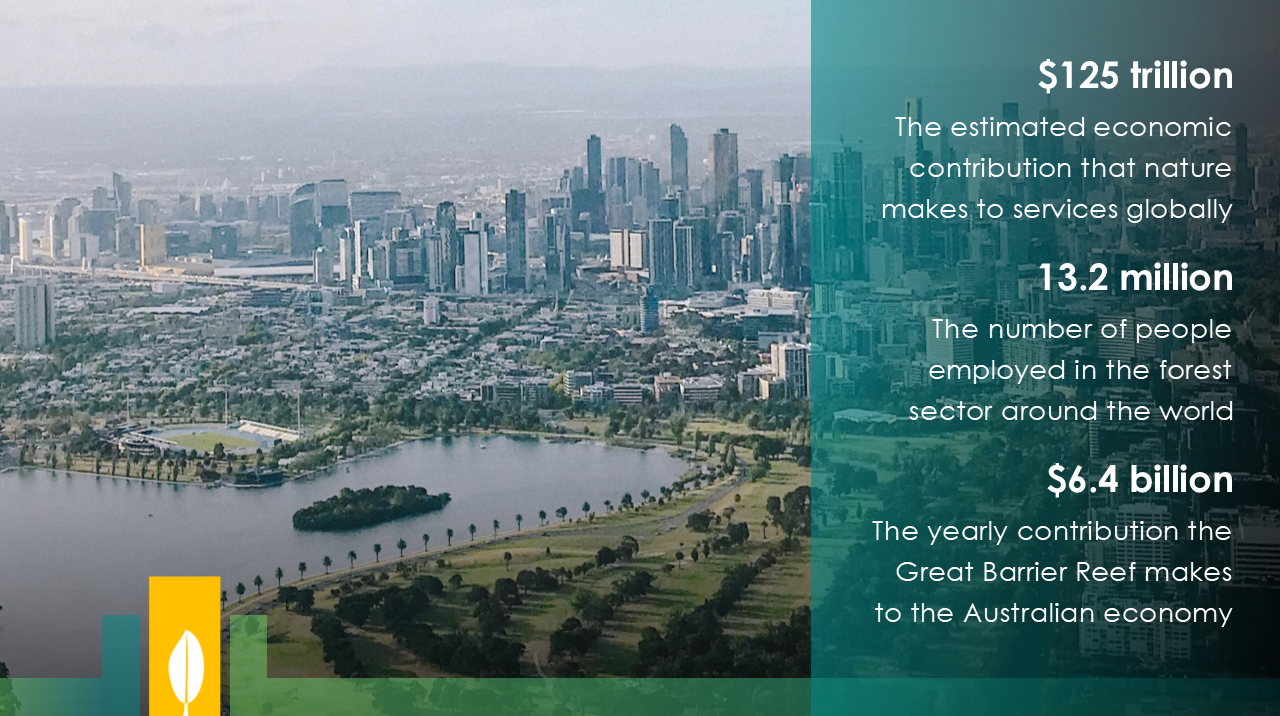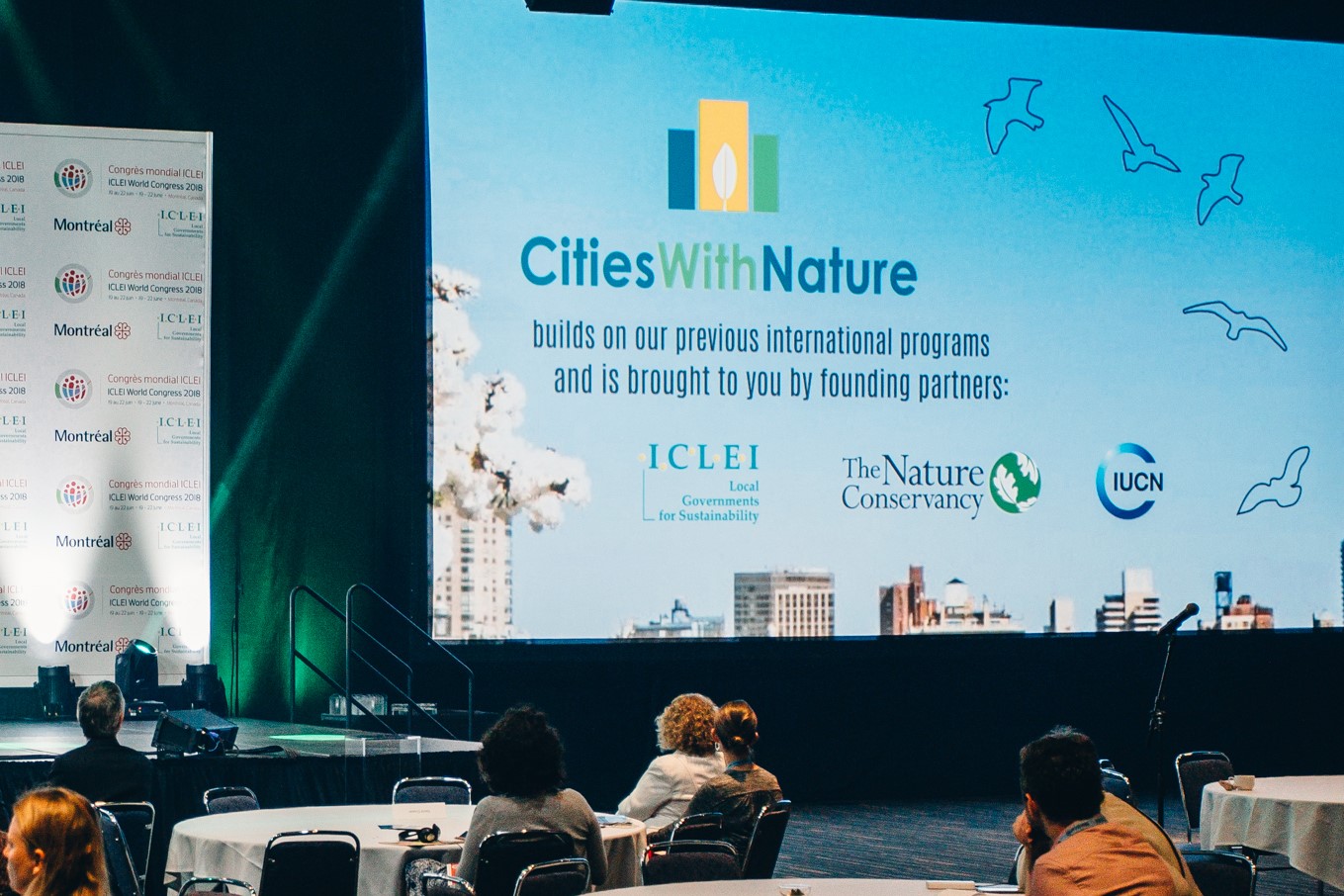- Several countries prepare to organize Earth Hour virtually to ensure public safety and show solidarity for those affected by COVID-19
- Celebrities, environmentalists and nation heads unite and pledge their support online for nature and people
In the midst of the global COVID-19 health crisis, Earth Hour marks a moment of solidarity for the planet as global communities unite and organize events digitally.
With nature loss continuing unabated, Earth Hour 2020 draws attention to the immediate need for halting nature and biodiversity loss for our health and well-being. The global moment comes ahead of world leaders scheduled to take critical decisions on nature, climate change and development. Earth Hour marks a pivotal opportunity for civil society members, citizens, nation heads, CEOs and environmentalists to demonstrate the need for a New Deal for Nature & People by pledging their support at Voice for the Planet.
Marco Lambertini, Director General, WWF International, said, “We are deeply saddened by the loss of lives from the COVID-19 outbreak and our thoughts are with the families who have lost loved ones or who are sick. In this hour of crisis, we need to unite now more than ever to safeguard our future and the future of our planet. It is a time for solidarity and a time to respond to challenges more creatively and work more collaboratively, which is why Earth Hour is being marked through digital events across the globe.
Nature is the lifeline for the 7.6 billion people inhabiting planet Earth. It underpins our societies and economies and is one of our greatest allies in combating the climate crisis. But today nature is failing like never before. We are destroying the natural systems we rely on for our health and well-being faster than they can replenish themselves – jeopardizing our own survival and existence. Earth Hour 2020 offers a key opportunity for all of us to join millions of people to raise their voice for securing an international commitment to stop and reverse the loss of nature. In this challenging time, we must look after one another and the one home we all share – the imperative in making a difference for our collective future is now greater than ever.”
Greta Thunberg, climate and environmental activist, said, “Earth Hour for me is every hour of every day. The need to unite and protect our planet has never been greater. As we have been asked to avoid public gatherings to slow the spreading of the COVID-19 (coronavirus), I recommend everyone to come together virtually for #EarthHour to renew our commitment to the planet and use our voices to drive action online safely and responsibly.”
This Earth Hour, 28th March at 8:30pm, I urge you all to turn off the lights and use the hour to engage your online community to pledge support at Voice for the Planet.
We must look after one another and the one home we all share. Stand with me and millions around the world to make this Earth Hour a moment to show your united presence. Let us raise our collective voices online to help ensure a cleaner, safer and greener future for everyone.”
Starting as a symbolic ‘lights out’ event in 2007, Earth Hour has grown to become a true mass movement exemplifying the power of people in driving seismic changes. The spirit of Earth Hour was demonstrated recently in Uganda which announced a ban on plastic use following an Earth Hour lead-up march on 13 February against the ill-effects of plastic pollution.
This is not a stand-alone example. Earth Hour 2020 will see people from all across the globe raise their voice to invite action on pressing environmental issues in their countries. Unprecedented digital events will mobilize millions of people online to participate in Earth Hour as never before.
South Africa is launching a digital “Power to the People” campaign for a renewed focus on clean and reliable sources of energy. Singapore will be going fully digital for the first time ever- Earth Hour 2020 – Live & Unplugged, will be a live-streamed, digital-only performance bringing together Singapore’s diverse voices for the environment. Earth Hour Qatar is partnering with AYCM Qatar, Global Shapers Doha Hub and online platform AmpUp Videos that will allow people to record videos with Earth Hour filters and upload them on Facebook, Twitter and Instagram. Nepal will see youth from all over the country come together digitally for Earth Hour to raise their #VoiceForThePlanet and share their thoughts, art and photography on the need to protect and appreciate nature. Australia is going unplugged and online via an #EarthHourLive stream with music acts, comedians and experts, in addition, Gold Coast- Reef Check Australia and Yogaventures are holding Switch off to Switch Off: Lights off in a Candlelight Yoga Nidra relaxation session to mark Earth Hour. Turkey will be hosting a digital campaign where they will prepare a declaration calling for action for nature.
People-led initiatives around the world like Earth Hour are vital to continue to inspire awareness on the importance of nature and prompt action to help deliver a nature positive world by the end of the decade.











GLAND, SWITZERLAND – It’s called the Extinction Wing. Located in a dark corner of the Paris Museum of Natural History, it houses a haunting collection of species that have long vanished from the natural world. With biodiversity declining faster than at any time in human history, what size museum will future generations need?